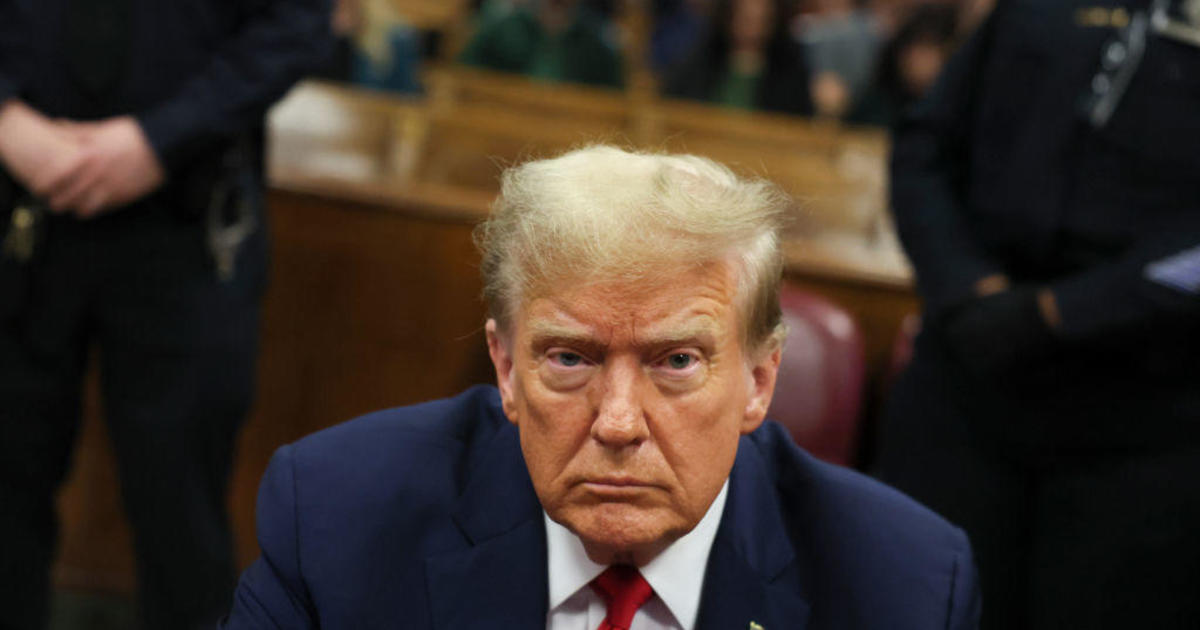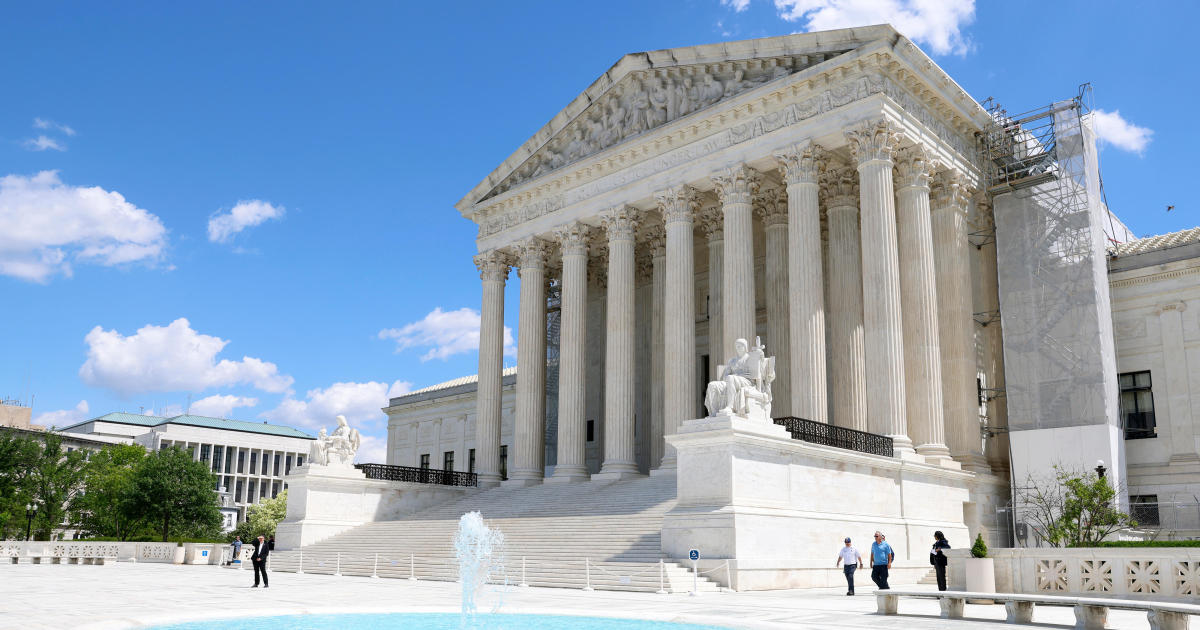5 ways Dodd-Frank has benefited you
With President Donald Trump calling the 2010 Dodd-Frank financial oversight law “a disaster,” it’s no surprise that he’s taking steps to overhaul, if not eviscerate, the regulatory act.
The law may seem obscure to many Americans, especially because its thousands of pages cover aspects of finance that they might not be familiar with, such as derivatives regulation and mine-safety disclosures. Yet as envisioned by former President Barack Obama, the law was partially tasked with helping consumers by making sure “everybody plays by the same set of rules.”
Mr. Trump’s executive order, signed Friday, marks the first step in what may lead to a rollback of the Dodd-Frank Act by asking the Treasury secretary to review the law. The order is unlikely to have an immediate impact, but it could end up undoing what the Trump administration views as a regulatory overreach that stifles economic growth.
One thing is clear: Almost seven years after Mr. Obama signed it into law, views on the legislation remain sharply divided, often on partisan grounds.
Mr. Trump said one reasons he wants to get rid of the law is “because, frankly, I have so many people, friends of mine that had nice businesses, they can’t borrow money.”
Those comments raise questions about the president’s underlying motives and who will be ultimately helped and hurt by his executive order.
“The point is to create a financial system that works for the people, not the president’s friends. That means strong consumer protections,” said Michael Barr, the Roy F. and Jean Humphrey Proffitt professor of law at the University of Michigan and the editor of Russell Sage Foundation’s journal Financial Reform: Preventing the Next Crisis.
The Republicans have “an anti-protection ideology that is blinding them to risk, in a way that it did in the Bush administration,” he added.
Dodd-Frank has three main components: providing stronger consumer finance protections, regulating derivatives and reducing the risk of additional taxpayer-financed bailouts of “too big to fail” financial firms by requiring banks to maintain strict capital and leverage standards.
Advocates argue that the law has helped stabilize the financial markets, making them safer and shielding taxpayers and investors from damaging risks, although others criticize Dodd-Frank as flopping when it comes to ending “too big to fail.”
“A wholesale dismantling of the Dodd-Frank Act, which appears to be a major end goal of President Trump’s administration, is a threat to the United States’ economic future,’ said Marc Jarsulic, vice president for economic policy at the Center for American Progress, in a statement. “It was just a few short years ago that the financial crisis wiped out 8.5 million jobs, sent unemployment over 10 percent, and left many families picking up the pieces after losing their homes, their wealth or both.”
Aside from far-reaching implications of “too big to fail” and derivatives regulation, has the law had an impact on the average investor? Absolutely, said Barr, who also worked on Dodd-Frank and served as former assistant Treasury secretary for financial institutions.
“If you talk with military families that have been taken advantage of by payday lenders, people who have been abused by bad-faith lending, they know the difference it makes to have a consumer agency” working on their behalf, he said.
Here are five ways the reform law has helped many Americans on an everyday basis.
Giving voice to consumer complaints. Before Dodd-Frank, 10 different agencies had oversight of consumer protection, ranging from the National Credit Union Administration to the U.S. Housing and Urban Development Department. But that added to the complexity of where consumers should turn to when they had a complaint with a financial product and how to find relief.
The reform law led to the creation of a unified complaint hotline and database, operated by the Consumer Finance Protection Bureau. After receiving a complaint, the agency’s staff works with financial companies to get a response. The CFPB says it has handled more than 1 million complaints.
Barring risky mortgages. Predatory mortgage practices were one cause of the financial crisis given that some lenders provided loans to borrowers who couldn’t afford the repayments or who would likely end up in trouble later on. Dodd-Frank instituted a host of reforms related to the mortgage market, such as requiring that lenders offer loans only to homebuyers who have “a reasonable ability to repay the loan.”
The law also limited features such as interest-only loans and negative amortization, which can allow a loan’s principal to grow even though the borrower is making payments.
Ending abuses of payday loans, prepaid cards and more. Payday loans can trap consumers in a spiral of debt, something the CFPB has taken aim at with a proposed rule that would require lenders to make sure borrowers could pay back these loans.
The agency has also targeted other financial products, such as prepaid cards, which is a fast-growing segment of the consumer-finance market. Low-income consumers and people concerned about racking up debts are increasingly relying on them, yet they come with a significant downside: high fees that aren’t always clear to consumers.
That’s slated to change in October 2017, when new rules created by the CFPB will go into effect. The goal is to help consumers avoid overpaying for prepaid cards and to help them shop for the best deal possible.
Uncovering financial wrongdoing. Dodd-Frank led to the creation of a whistleblower program within Wall Street that pays people who voluntarily tell regulators about financial misbehavior. Through August 2016, the program has paid $100 million to whistleblowers, who have sparked enforcement actions that prompted almost $600 million in financial sanctions.
The program received more than 4,200 tips in fiscal year 2016. One case to come out of it is Merrill Lynch’s June 2016 agreement to pay a $415 million settlement over charges that it misused customer cash.
Highlighting the pay gaps between CEOs and their workers. Public companies will have to disclose the ratio of their CEO pay to median employee pay for their first fiscal year that starts in 2017. That means the ratios will become public in 2018, when companies will issue their proxy statements.
CEO pay has skyrocketed away from the earnings of ordinary workers, part of the current economic trend of widening income inequality as the top 1 percent of earners leave most Americans’ income far behind.



